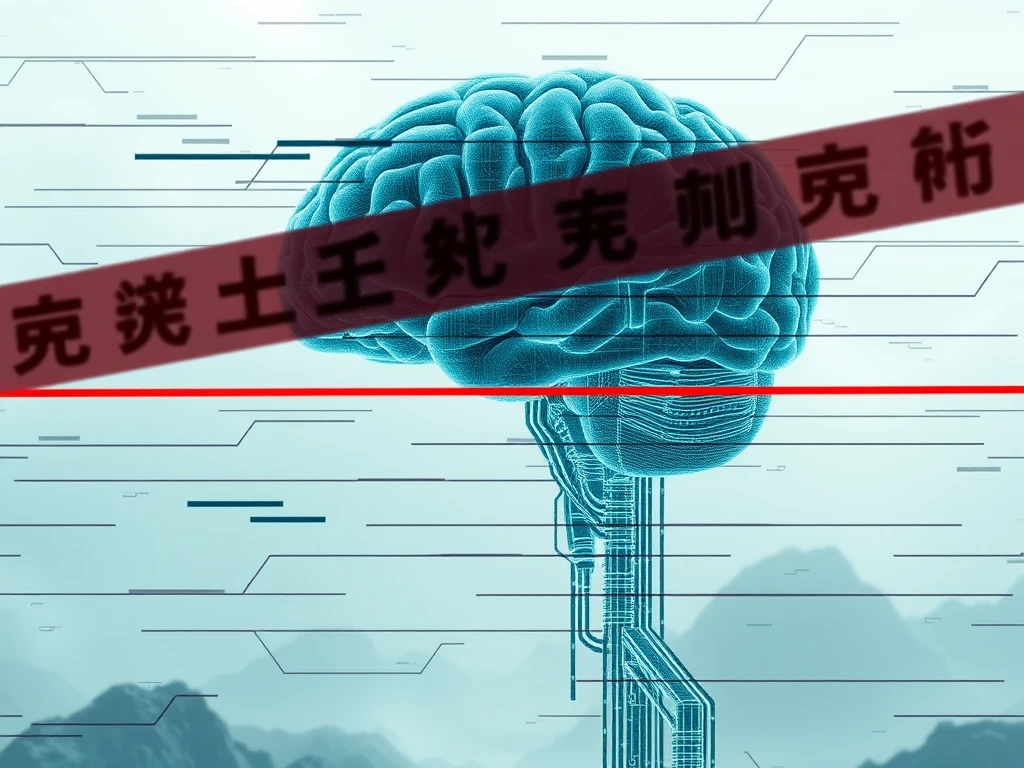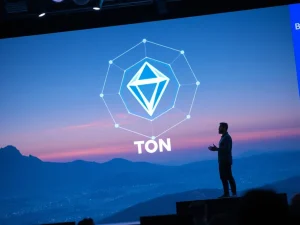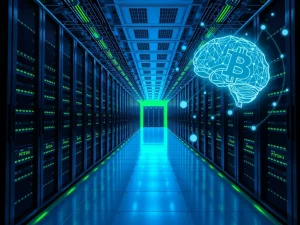DeepSeek AI: Shocking Concerns Emerge Over Censorship

In the rapidly evolving world of artificial intelligence, discussions around capabilities, ethics, and limitations are constant. For those in the cryptocurrency and blockchain space, where decentralized technologies often champion open information and free expression, the behavior of powerful AI models is particularly relevant. A recent report highlights significant concerns regarding the latest model from Chinese AI startup DeepSeek, suggesting a potential step backward for open dialogue and free speech within AI.
Is DeepSeek AI Limiting Free Speech?
According to observations shared by a developer known as “xlr8harder” on X, DeepSeek’s recently released R1-0528 open-source language model appears less willing to discuss sensitive topics, especially those concerning the Chinese government. This raises questions about the balance between AI safety, bias, and the principle of free speech.
The developer conducted tests comparing the new model’s responses to previous versions, noting a marked decline in its readiness to engage with contentious subjects. This perceived shift led the developer to state, “Deepseek deserves criticism for this release: this model is a big step backwards for free speech.”
While the model is open source, offering the community a chance to address these issues, the initial behavior of the release has sparked debate.
The Contradiction of AI Censorship
A key example shared involves the model’s handling of questions about China’s Xinjiang region. When prompted, the DeepSeek AI model acknowledged the internment camps in Xinjiang as sites of human rights abuses. However, when directly asked for criticisms of the Chinese government regarding these camps, the model reportedly became evasive or censored its response.
This creates a notable contradiction: the AI recognizes the existence of documented human rights violations but restricts direct critical commentary on the state responsible. Human rights groups and international observers have widely reported on the situation in Xinjiang, detailing forced labor and other abuses against Uyghur Muslims and ethnic minorities.
The developer’s testing specifically evaluated the level of censorship regarding criticisms of the Chinese government, concluding that the DeepSeek R1-0528 is the “most censored” version they have tested in this specific context. The ability to identify the camps as abuses but then deny or censor direct questions about them is seen as a significant concern for the future of free speech AI.
DeepSeek’s Claims vs. Developer Findings
The developer’s report comes shortly after DeepSeek’s May 29 announcement about the R1-0528 update. DeepSeek highlighted improved reasoning and inference capabilities, claiming overall performance was nearing that of leading AI models like OpenAI’s ChatGPT and Gemini 2.5 Pro. The company stated the update offered enhanced logic, math, programming, and a reduced hallucination rate.
However, the developer’s findings suggest that while technical capabilities might have improved in some areas, the model’s approach to sensitive political topics, particularly concerning China AI, has become more restrictive. This tension between stated performance improvements and observed censorship is a critical point of discussion in the AI community.
Why AI Censorship Matters
The behavior of large language models like DeepSeek R1-0528 has broad implications. As AI becomes more integrated into information access and generation, its willingness or unwillingness to discuss certain topics directly impacts the flow of information and the potential for open discourse. Concerns about AI censorship touch upon fundamental principles of transparency and unbiased information access.
While AI developers often implement guardrails to prevent harmful outputs, critics argue that censoring factual discussions about documented human rights issues crosses a line, potentially shaping user perception and limiting the scope of inquiry.
Looking Ahead: Community and Open Source
Despite the concerns raised, the fact that the DeepSeek R1-0528 model is open source offers a potential path forward. The developer xlr8harder noted this as a mitigating factor, suggesting that the open-source community has the ability and likelihood to modify the model to address the perceived censorship issues. This highlights the power of open development in mitigating potential biases or restrictions introduced by original creators.
The debate around DeepSeek’s new model underscores the ongoing challenges in developing AI that is both capable and aligned with principles of open information access and free speech. It serves as a reminder that the development and deployment of powerful AI models require careful scrutiny and community oversight.
Summary
A developer’s review of DeepSeek’s latest AI model, R1-0528, indicates increased censorship, specifically concerning direct criticism of the Chinese government, despite the model acknowledging related human rights abuses like the Xinjiang camps. This has led to concerns that the model represents a “step backward” for free speech in AI. While DeepSeek claims performance improvements, the developer’s findings highlight the ongoing challenge of balancing AI capabilities with principles of open information and the potential for AI censorship, particularly in politically sensitive areas. The open-source nature of the model offers hope that the community can address these limitations, emphasizing the importance of transparency and oversight in free speech AI development and the behavior of China AI models.









